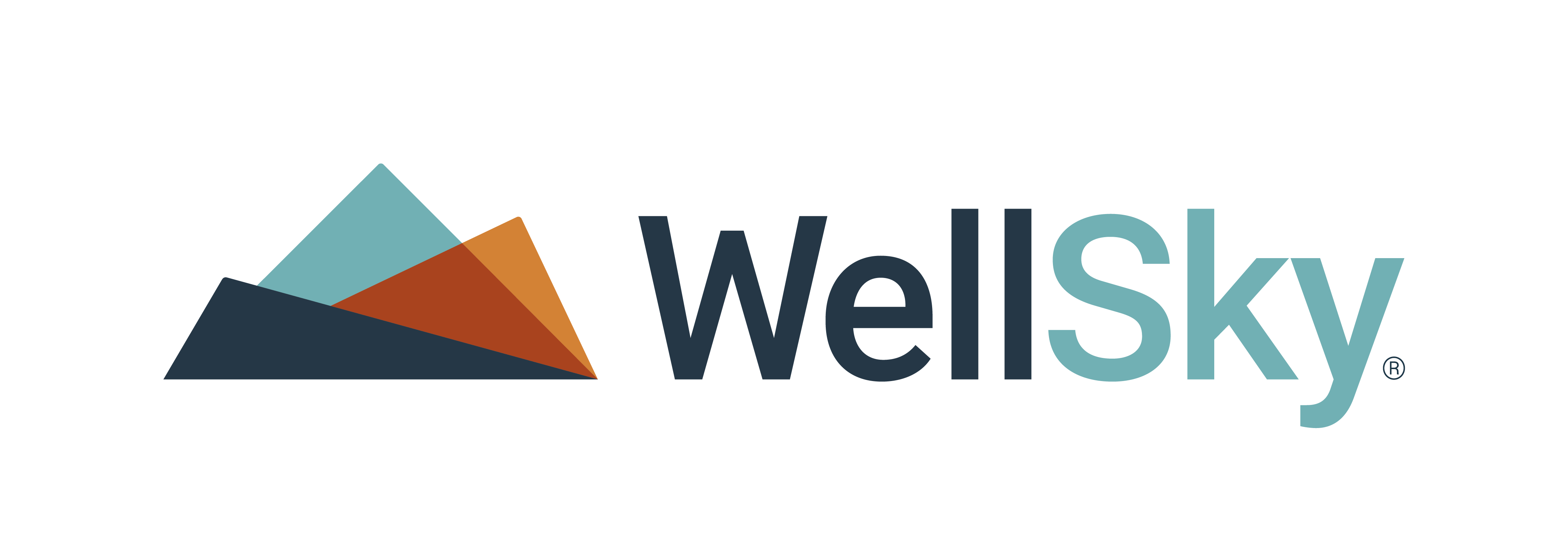 Baby boomers are the fastest growing demographic in America. According to Euromonitor International, Boomers have a collective purchasing power of over $15 trillion. Because of this, our attention turns toward not only the care and well-being of this population, but also to the impact that it currently has and will continue to have on our economy. Business opportunities to service this population – in technology, healthcare, consumer products, travel and leisure, and financial services, to name just a few – will continue to present themselves at an ever-increasing rate.
Baby boomers are the fastest growing demographic in America. According to Euromonitor International, Boomers have a collective purchasing power of over $15 trillion. Because of this, our attention turns toward not only the care and well-being of this population, but also to the impact that it currently has and will continue to have on our economy. Business opportunities to service this population – in technology, healthcare, consumer products, travel and leisure, and financial services, to name just a few – will continue to present themselves at an ever-increasing rate.
In March, Harvard Business School Association of Boston (HBSAB) hosted the HBSAB Grand Forum on “The New Boom: Why Businesses Need to Respond to Our Aging Market.” This important event included over 300 industry thought leaders, C-level executives, and prominent academia from such organizations as Clorox, CVS, Georgetown, Procter & Gamble, and the AARP. These representatives gathered to open a dialog and present learning opportunities around this demographic by providing the chance to discover new technologies, understand new business trends, and gain important insights.
3 Key Takeaways for Home Care Agency Owners
1. Technology will become increasingly important in servicing Baby Boomers. Aging-centered tech will continue to expand at an ever-increasing rate. Companies are discovering the myriad of ways that they can deliver innovation to meet the needs of this demographic and also significantly impact their business growth. Examples of this include home care software solutions, such as ClearCare, that enable home care agencies to streamline operations, provide complete transparency into loved ones’ care, and increase overall quality of care. This was further evidenced at the forum, where Procter & Gamble (working with Boeing) presented an airline industry technology solution to serve our aging population.
Seniors’ mobility challenges can make crossing the airport, going through security, and boarding difficult and time consuming. But imagine a senior arriving at the airport and simply boarding a conveyance. This conveyance would carry them through the airport, through the security check process, enable them to order food & beverages, and deliver the senior to the gate, where their food order would be waiting.
From that point, this same conveyance would then lift the seniors onto the airplane, dramatically cutting back boarding time from an average of 30 minutes to a small fraction of that time. Not only would the senior customers’ experience and safety be significantly enhanced, but with the time savings, airlines could increase capacity to add two flights a day, translating to $10 million to $20 million in added revenue -- per day. This is just one of many aging-centered technology ideas presented at the forum, and certainly one of countless ideas that innovative organizations are currently exploring.
2. The aging population will bolster the economy, not only by consuming goods and services, but more importantly, by providing a skilled workforce. And they’ll need help. Seniors are living longer lives. According to the Administration on Aging, persons reaching age 65 have an average life expectancy of an additional 19 years.
Not only does this demographic contain consumers of goods, services, and technology, it also provides a contributing labor force with extensive experience developed over 40+ years – experience that can help fill the “skills gap” that has been an issue in the U.S. for over 10 years. With this contribution, companies previously hobbled by a workforce shortage have access to a labor force that enables innovation, productivity improvements, and expansion – critical elements in an increasingly competitive global business landscape.
However, this demographic, while maintaining some independence, will likely need assistance in a variety of ways. Caregivers will help enable seniors’ to live full and productive lives by assisting with everyday tasks such as transportation to and from their workplaces to cooking to medication management. Knowing this, agencies will continue to face a shortage of caregivers, making the hiring process time consuming, expensive, and challenging without the right tools and technologies.
3. Aging in place will be the norm and not the exception – and all businesses will need to keep pace. According to an AARP survey, the overwhelming majority of seniors – 89 percent – want to age in their own homes for as long as possible. While this isn’t surprising, it does bring up questions as to how this will manifest.
During one of the forum roundtable sessions, an anecdote was shared regarding the question “what is ‘successful’ aging?” While standard answers might include eating well and staying active, seniors’ real life answers were very different, concentrating more on an emotional quality of life, like “spending time with the ones I love.” However, in many cases, fundamental caretaking – like getting the grocery shopping done or doing the laundry – falls on a senior’s son or daughter (who often have busy careers and children of their own), leaving little time or energy for meaningful emotional connections.
Home care has the potential to enhance seniors’, and their families', lives by taking care of these activities of daily living. This can enable the aging and their families to connect and enrich their relationships during a time that can be very important. But in order to do this, the home care industry should plan to outpace the needs of this demographic.
Once again, technology can address this challenge. Home care software solutions, such as those provided by ClearCare, which enable home care agencies to run more efficiently, grow, and provide the highest possible quality of care, will become absolute necessities. Fortunately, home care software solutions currently on the market have reached new levels of sophistication, usability, and maturity, allowing home care agencies to spend less time on administrative minutiae and more time on recruiting, training, and retaining quality talent, marketing and expanding their businesses, and facilitating care and connection between seniors and their families.
Aging boomers are breaking the mold on many different levels – from living longer, fuller lives than any generation prior, to holding a level of economic power that can greatly impact business innovation and growth. Organizations that understand this and deliver services, technology, and products that enhance the aging population’s overall quality of life will be well poised to compete, grow, and benefit, not just seniors, but all of us.
About Jacquelyn Kung
Jacquelyn Kung is an entrepreneur and consultant in post-acute care, aging, and technology. She is a cofounder of ClearCare Online, a venture-backed company and one of the world's fastest growing post-acute SaaS companies, as well as Illume Healthcare, an alternative health plan. She is currently Principal at Atruya Strategies. She has over a decade of experience in the healthcare sector. Dr. Kung has advised Fortune 100 senior leadership teams through McKinsey's healthcare practice.









